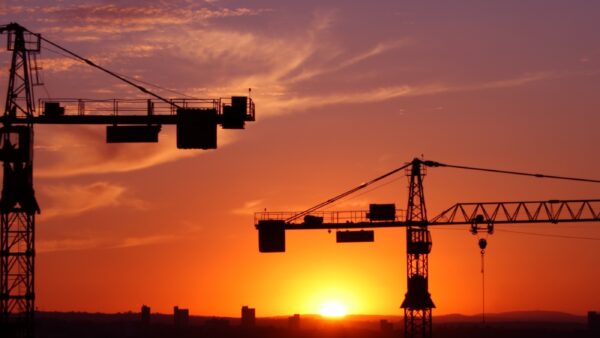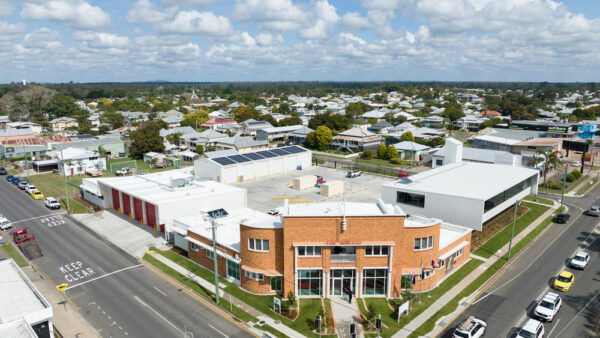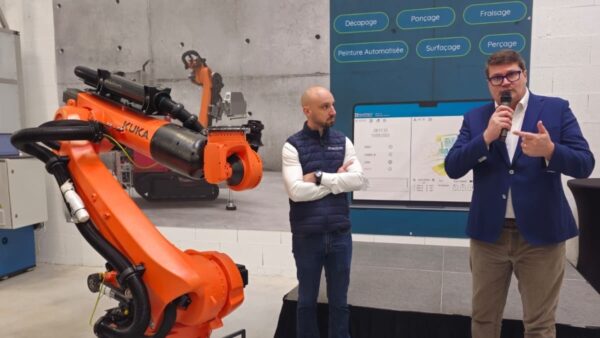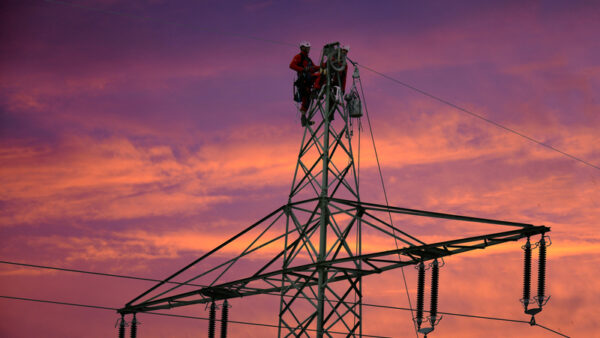
Laing O’Rourke says it’s the first construction company to publish limits for how much embodied emissions can be in the concrete it buys in Australia, either directly or through subcontractors.
It wants to help reduce demand for high emissions concrete.
“If we get concrete right, we will go a long way towards achieving our sustainability goals,” said Hollie Hynes, Laing O’Rourke’s general manager for sustainability.
She added: “By adopting a systematic approach to curbing our emissions from materials we buy, we intend to positively influence the entire construction ecosystem.”
The limits will apply to all new Laing O’Rourke projects in Australia where the company has operational ownership.
They’re based on kilograms of carbon dioxide per cubic metre of concrete, and they vary according to the strength grade of a given mix, ranging from 325kg at the lower-strength end and 450kg at the higher end.
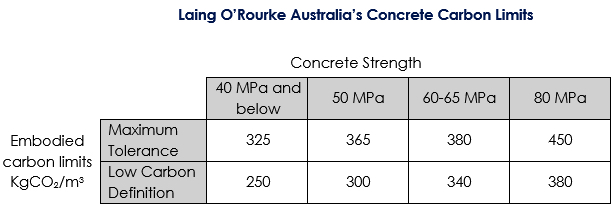
The company also set a definition for low-carbon concrete for different strength grades.
These are lower than the carbon limits the company is imposing, but provide targets to aim for as the supply chain adjusts.
“Our limits to emissions from concrete are realistic and achievable within the market’s current capabilities,” Hollie Hynes said.
“We intend to use this embodied carbon measure as a valid performance metric for concrete, and our projects. Once we’ve established this, we can increase our internal minimum requirement as allowed by our clients’ specifications and market availability.”
Monica Hanus-Smith, Laing O’Rourke’s low-carbon materials lead, said: “Until now, there has been no widely accepted definition of low-carbon concrete in Australia, and without one, naming a concrete mix as such has been subjective and open to interpretation.
“We’re drawing a line in the sand for our business to be consistent and transparent and for our stakeholders to understand what we mean when we talk about low-carbon concrete.”

